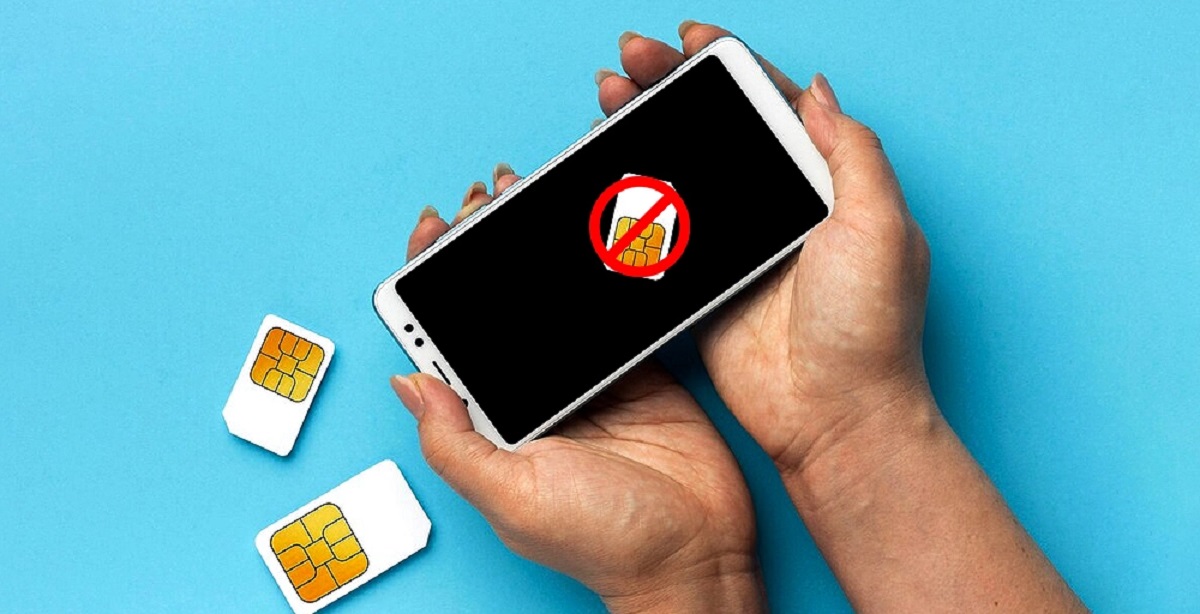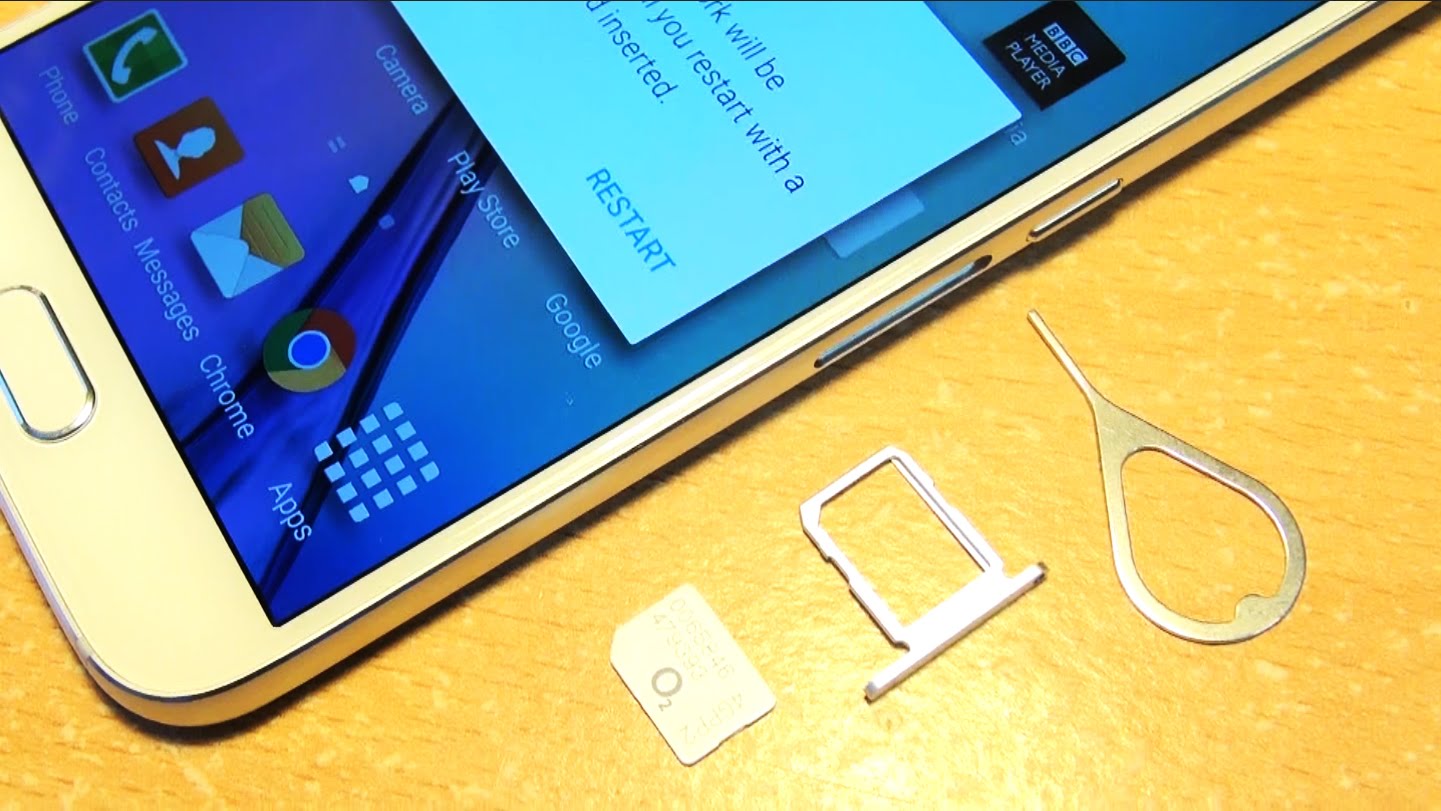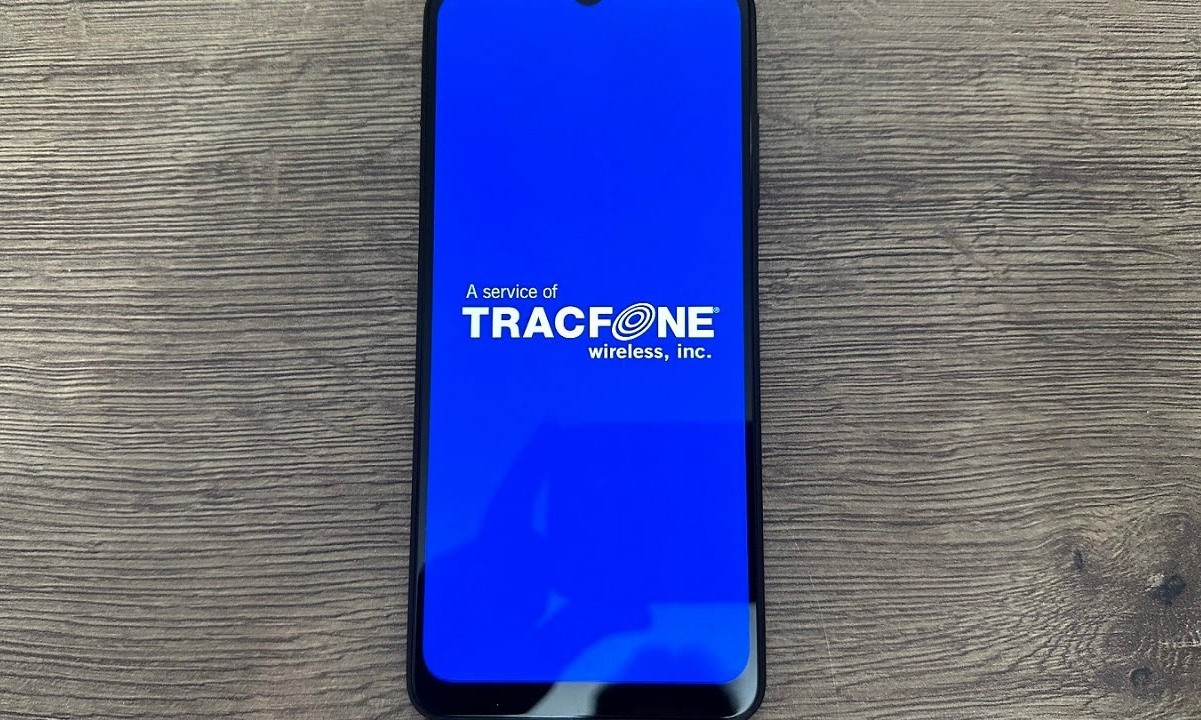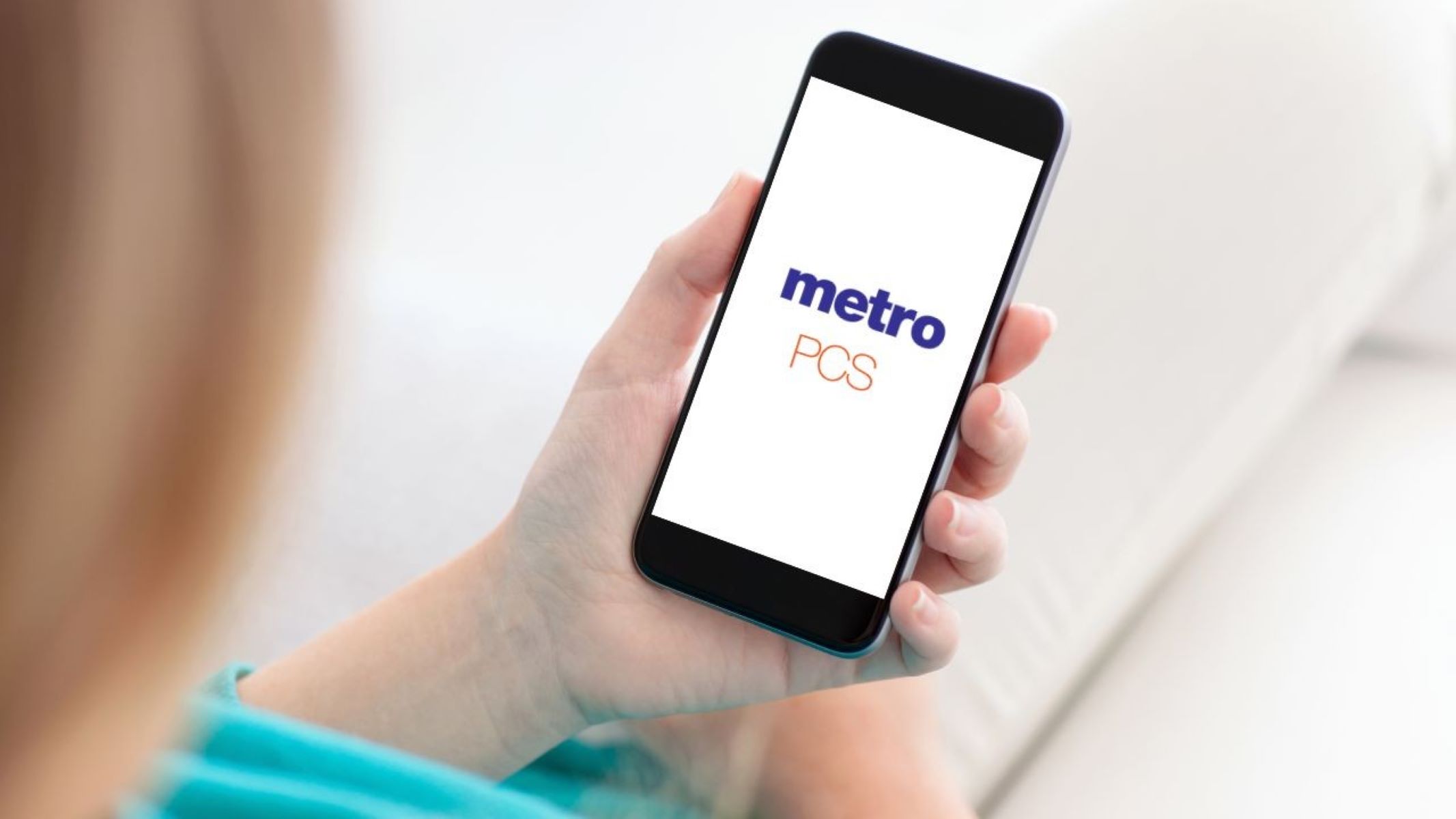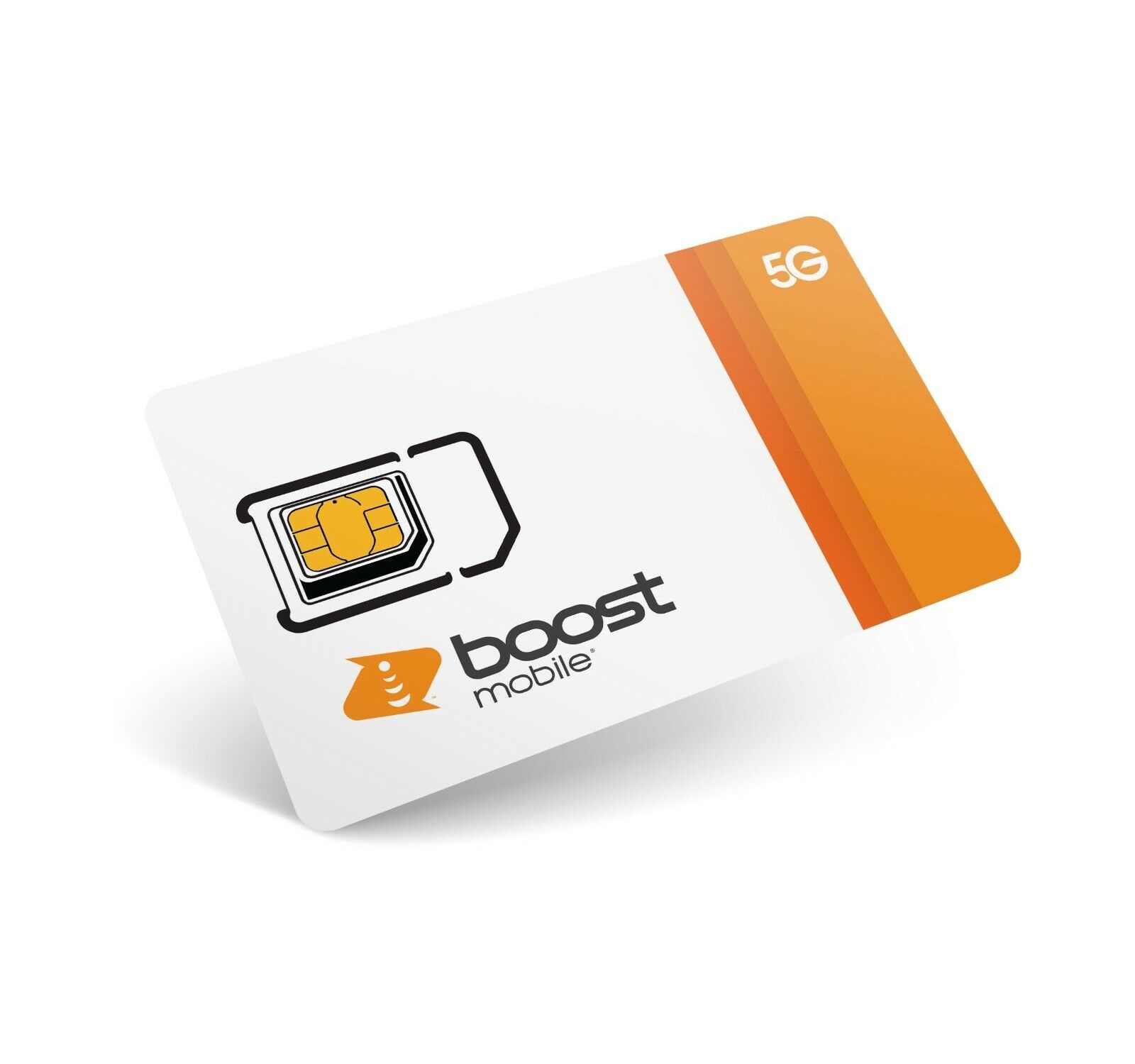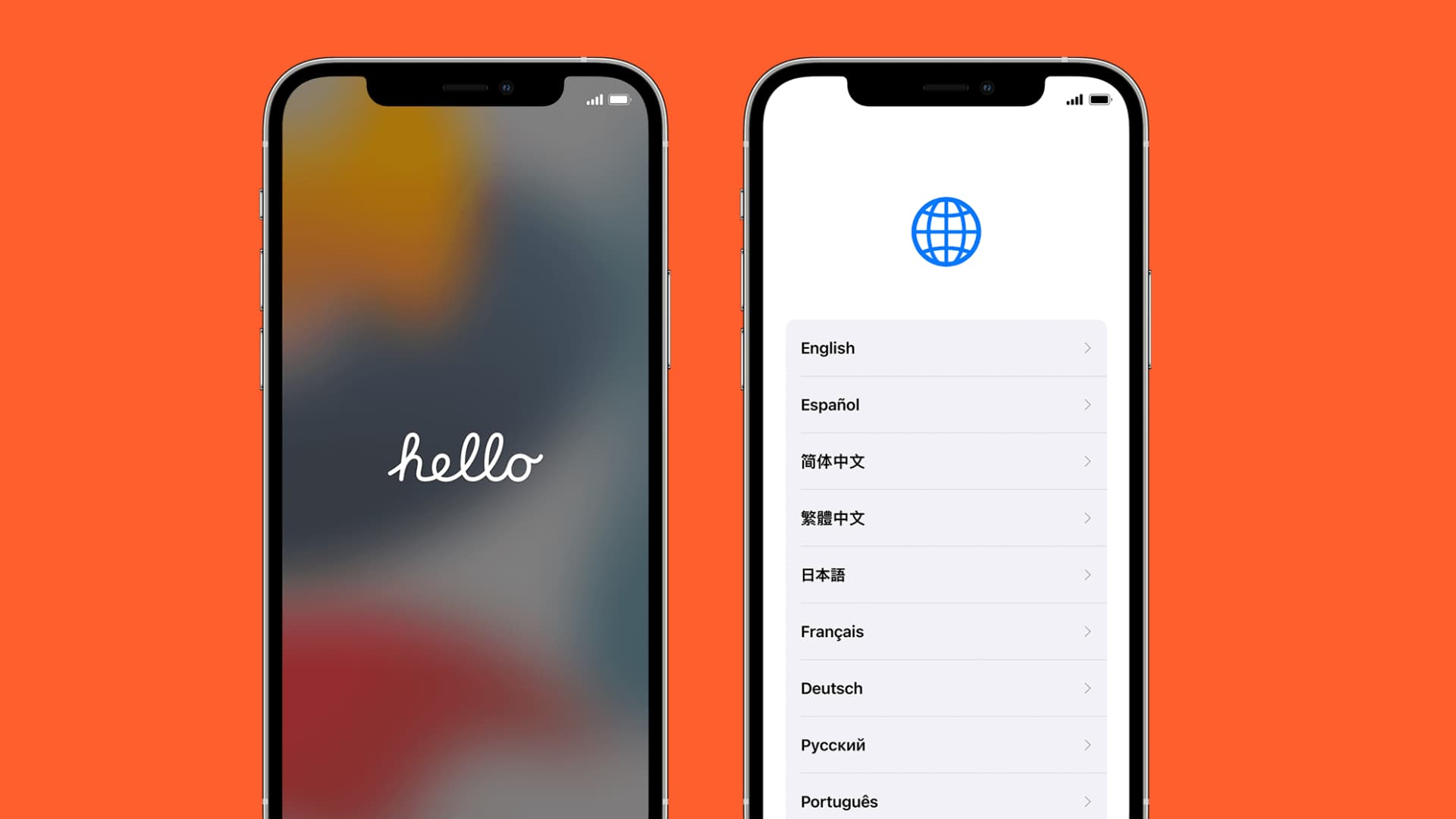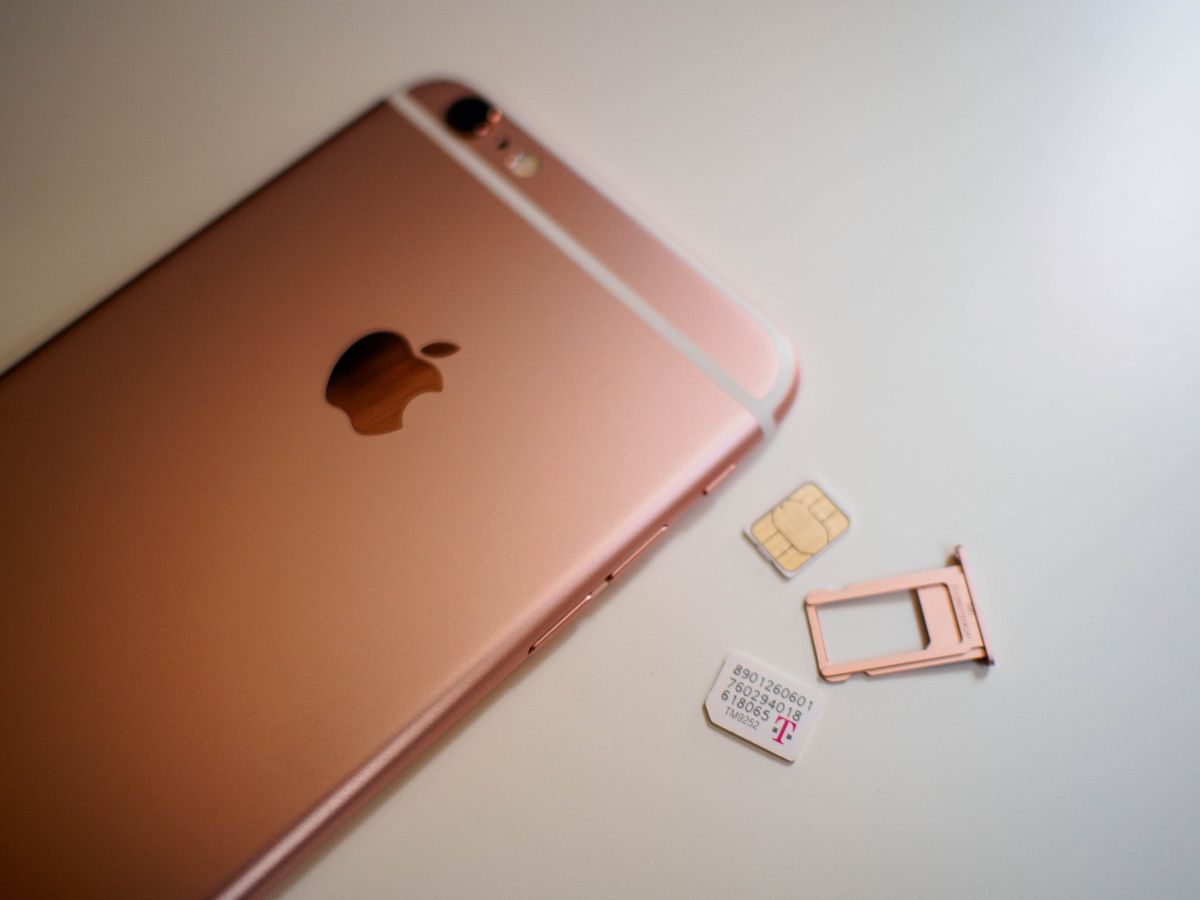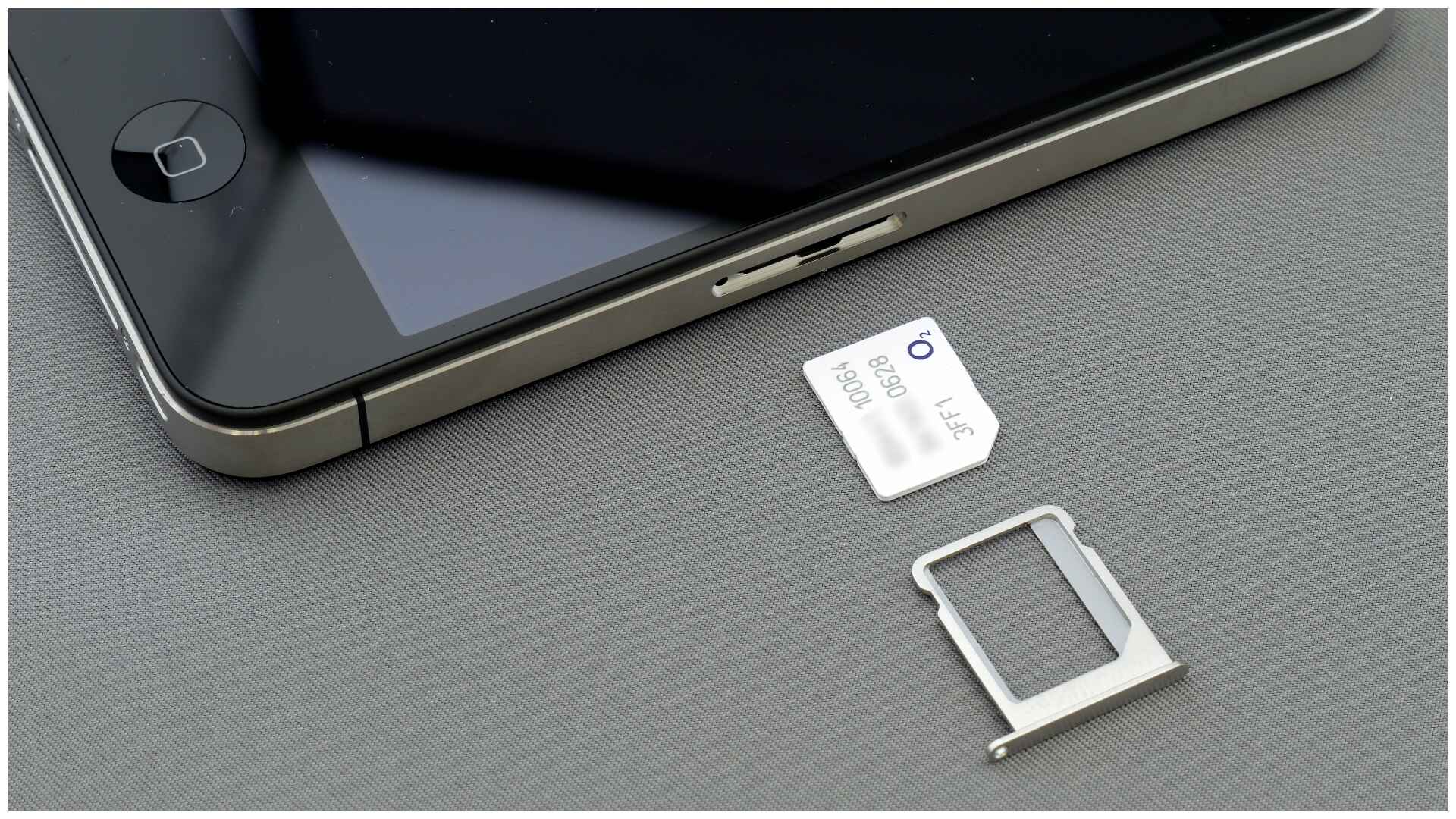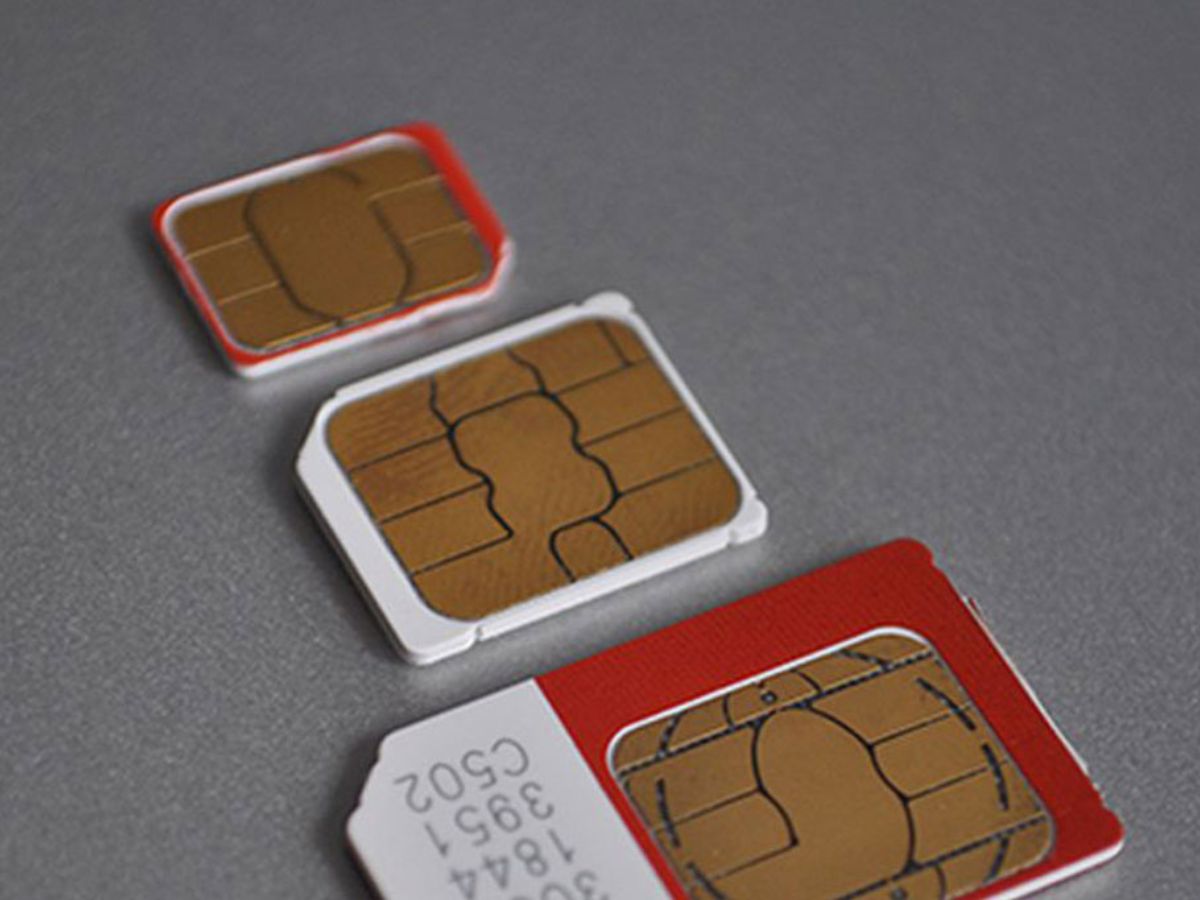Introduction
In today's fast-paced digital age, mobile devices have become an indispensable part of our daily lives. Whether it's staying connected with loved ones, accessing vital information on the go, or simply enjoying entertainment, the reliance on smartphones is undeniable. However, what happens when you find yourself in a situation where a SIM card is not readily available, and you need to make a phone call urgently? Fear not, as there are alternative methods that can come to your rescue.
In this comprehensive guide, we will explore various options for making phone calls without a SIM card. From utilizing Wi-Fi calling to leveraging VoIP (Voice over Internet Protocol) apps, we will delve into the practical steps and considerations for each method. Additionally, we will shed light on the crucial aspect of emergency calls, ensuring that you are well-equipped with the knowledge to handle unforeseen situations even without a traditional SIM card.
So, whether you've misplaced your SIM card, are traveling abroad, or simply seeking a backup plan for communication, this guide aims to equip you with the necessary insights to navigate through such scenarios seamlessly. Let's embark on this enlightening journey to discover the innovative ways of staying connected without the constraints of a physical SIM card.
Option 1: Using Wi-Fi Calling
In today's interconnected world, Wi-Fi calling has emerged as a convenient and reliable solution for making phone calls without a traditional SIM card. This innovative technology leverages an internet connection to facilitate voice calls, ensuring seamless communication even in the absence of cellular network coverage. Whether you're in a remote location with limited cellular reception or simply prefer the flexibility of Wi-Fi connectivity, this method offers a practical alternative for staying connected.
To initiate Wi-Fi calling, you need a compatible smartphone and access to a Wi-Fi network. Most modern smartphones support Wi-Fi calling, allowing users to enable this feature within the device settings. Once activated, the device seamlessly transitions between Wi-Fi and cellular networks, ensuring uninterrupted voice communication.
One of the key advantages of Wi-Fi calling is its versatility. Whether you're at home, in a coffee shop, or at a public hotspot, as long as there's a stable Wi-Fi connection, you can make and receive calls effortlessly. This flexibility is particularly beneficial for individuals who travel frequently or find themselves in areas with poor cellular coverage.
Moreover, Wi-Fi calling often boasts high-quality audio, providing crystal-clear voice transmission. This enhanced audio clarity contributes to a more satisfying communication experience, especially in situations where background noise or poor network signals can hinder traditional voice calls.
It's important to note that Wi-Fi calling is often integrated seamlessly with the smartphone's native dialer and messaging apps. This means that you can use your regular phone number to place calls, send texts, and receive voicemails, just as you would with a traditional SIM card.
In addition to personal use, Wi-Fi calling has proven to be a valuable tool for businesses and organizations. It enables employees to stay connected while working remotely, attend conference calls, and collaborate effectively, irrespective of their physical location.
In essence, Wi-Fi calling serves as a versatile and dependable method for making phone calls without a SIM card. By harnessing the power of internet connectivity, individuals can maintain seamless communication, regardless of the limitations imposed by traditional cellular networks. As we delve further into alternative methods for making phone calls without a SIM card, let's explore the next innovative option: leveraging VoIP apps.
Let me know if you need anything else.
Option 2: Using VoIP Apps
In the realm of modern communication, Voice over Internet Protocol (VoIP) apps have revolutionized the way individuals connect and converse. VoIP technology enables users to make voice calls over the internet, circumventing the need for a traditional SIM card. This method not only offers exceptional convenience but also presents a cost-effective and versatile solution for staying connected.
VoIP apps, such as Skype, WhatsApp, and Viber, have gained widespread popularity for their ability to facilitate voice calls, video calls, and messaging using internet connectivity. These apps can be easily downloaded and installed on smartphones, allowing users to harness the power of VoIP technology without the constraints of a physical SIM card.
One of the primary advantages of using VoIP apps is their cross-platform compatibility. Whether you're using an Android device, an iPhone, or a computer, VoIP apps offer seamless communication across various devices. This flexibility is particularly beneficial for individuals who switch between multiple devices or prefer to make calls from their laptops or tablets.
Furthermore, VoIP apps often integrate additional features such as video calling, instant messaging, and file sharing, enhancing the overall communication experience. Users can engage in face-to-face conversations, exchange multimedia content, and create group chats, all within a single app interface.
Another noteworthy aspect of VoIP apps is their international calling capabilities. With traditional cellular networks, international calls can incur substantial charges. However, VoIP apps leverage internet connectivity to enable affordable or even free international calling, making it an attractive option for individuals with global communication needs.
In addition to personal use, VoIP apps have gained traction in the business landscape, serving as a valuable tool for remote work and virtual meetings. These apps facilitate seamless collaboration, enabling employees to participate in conference calls, share presentations, and engage in productive discussions, regardless of their physical location.
Moreover, VoIP apps often boast enhanced security features, ensuring that voice calls and messages are encrypted for privacy and data protection. This added layer of security contributes to a secure communication environment, instilling confidence in users who prioritize privacy and confidentiality.
In essence, VoIP apps stand as a testament to the transformative power of internet-based communication. By leveraging these apps, individuals can transcend the limitations of traditional SIM cards and embrace a dynamic, feature-rich, and cost-effective approach to making phone calls. As we continue our exploration of alternative methods for staying connected without a SIM card, let's delve deeper into the crucial aspect of emergency calls.
Let me know if you need anything else.
Option 3: Emergency Calls
In situations where a traditional SIM card is unavailable, the ability to place emergency calls remains a critical consideration. Whether you find yourself in a foreign country without a local SIM card or encounter an unforeseen emergency while your SIM card is inaccessible, it's essential to understand the protocols and alternatives for initiating emergency calls without traditional cellular connectivity.
When it comes to emergency calls without a SIM card, it's important to recognize that most modern smartphones are equipped with a fundamental feature: the ability to dial emergency services, such as 911 or 112, even without a SIM card inserted. This functionality is mandated by regulatory standards and serves as a vital safety measure, ensuring that individuals can seek assistance in urgent situations, regardless of their network or subscription status.
In the absence of a traditional SIM card, smartphones can leverage any available cellular network to place emergency calls. This means that even if your device is not connected to your regular service provider, it can still establish a connection with other compatible networks to reach emergency services. This capability is particularly valuable when traveling internationally, as it allows individuals to access local emergency services without the need for a local SIM card.
It's important to note that emergency calls without a SIM card are prioritized by cellular networks, ensuring that they receive precedence over regular voice calls. This prioritization is designed to guarantee that emergency services are promptly notified and can respond to critical situations without delay. As a result, individuals can rest assured that their emergency calls will receive the highest level of attention, irrespective of their network connectivity status.
Moreover, smartphones without a SIM card are often programmed to display an emergency call interface, providing quick and direct access to emergency services. This streamlined interface is designed to facilitate rapid communication with emergency dispatchers, allowing individuals to convey vital information and seek assistance effectively.
In essence, the capability to place emergency calls without a traditional SIM card underscores the intrinsic value of modern smartphones as essential safety tools. By understanding and leveraging this fundamental feature, individuals can navigate through unforeseen emergencies with confidence, knowing that they have the means to seek timely assistance, even in the absence of conventional network connectivity.
Let me know if you need anything else.
Conclusion
In the dynamic landscape of mobile communication, the ability to make phone calls without a traditional SIM card has evolved from a mere convenience to a fundamental necessity. As we conclude our exploration of alternative methods for staying connected, it becomes evident that the convergence of technology and innovation has paved the way for versatile and resilient communication solutions.
From the seamless integration of Wi-Fi calling to the transformative capabilities of VoIP apps, individuals are empowered to transcend the limitations of traditional cellular networks and embrace a new paradigm of connectivity. Wi-Fi calling, with its reliance on internet connectivity, offers unparalleled flexibility and audio clarity, ensuring that individuals can maintain seamless communication regardless of their physical location or cellular coverage constraints. Similarly, VoIP apps have redefined the boundaries of communication, enabling cross-platform compatibility, international calling capabilities, and enhanced security features, thereby presenting a comprehensive solution for voice calls and messaging.
Furthermore, the fundamental aspect of emergency calls without a SIM card underscores the intrinsic safety measures embedded within modern smartphones. The ability to prioritize emergency calls and establish connections with available cellular networks, irrespective of traditional subscriptions, serves as a testament to the unwavering commitment to ensuring individuals' safety and well-being.
As we navigate through an era defined by rapid technological advancements and evolving communication paradigms, the significance of understanding and harnessing these alternative methods for making phone calls without a SIM card cannot be overstated. Whether it's for personal convenience, international travel, remote work, or unforeseen emergencies, the knowledge and utilization of these methods empower individuals to navigate through diverse scenarios with confidence and resilience.
In essence, the absence of a traditional SIM card no longer poses a barrier to communication; instead, it serves as a catalyst for embracing innovative solutions that redefine the boundaries of connectivity. As we look towards the future, it is imperative to embrace the transformative power of these alternative methods, recognizing them as indispensable tools that enrich and elevate the way we connect, communicate, and navigate through the intricacies of modern life.
The journey of staying connected without a SIM card is a testament to the remarkable fusion of technology, ingenuity, and human-centric design, ensuring that individuals can embark on their communication endeavors with unwavering confidence and adaptability.
Let me know if you need anything else.







